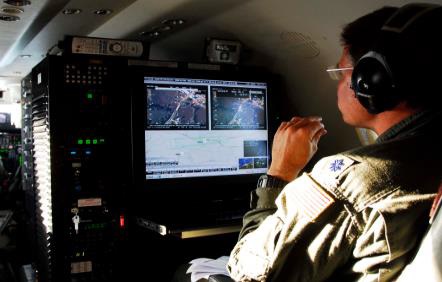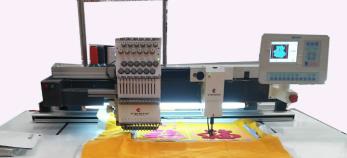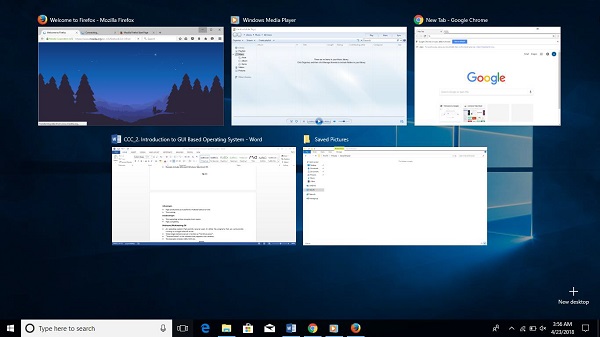Computer Concepts - Types of Operating System
There are four types of operating systems −
- Real-time operating system
- Single-User/Single-Tasking operating system
- Single-User/Multitasking operating system
- Multi-User/Multitasking operating system
Real-time operating system
Real-time operating system is designed to run real-time applications. It can be both single- and multi-tasking. Examples include Abbasi, AMX RTOS, etc.

Advantages
It works very fast.
It is time saving, as it need not be loaded from memory.
Since it is very small, it occupies less space in memory.
Single-User/Single-Tasking OS
An operating system that allows a single user to perform only one task at a time is called a Single-User Single-Tasking Operating System. Functions like printing a document, downloading images, etc., can be performed only one at a time. Examples include MS-DOS, Palm OS, etc.

Advantages
- This operating system occupies less space in memory.
Disadvantages
- It can perform only a single task at a time.
Single-User/Multitasking OS
An operating system that allows a single user to perform more than one task at a time is called Single-User Multitasking Operating System. Examples include Microsoft Windows and Macintosh OS.

Advantages
It is time saving as it performs multiple tasks at a time yielding high productivity.
Disadvantages
This operating system is highly complex and occupies more space.
Multiuser/Multitasking OS
It is an operating system that permits several users to utilize the programs that are concurrently running on a single network server. The single network server is termed as "Terminal server". "Terminal client" is a software that supports user sessions. Examples include UNIX, MVS, etc.

Advantages
It is highly productive as it performs multiple tasks at a time.
It is time saving as we don’t have to make changes in many desktops, instead can make changes only to the server.
Disadvantages
If the connection to the server is broken, user cannot perform any task on the client as it is connected to that server.
Join the conversation